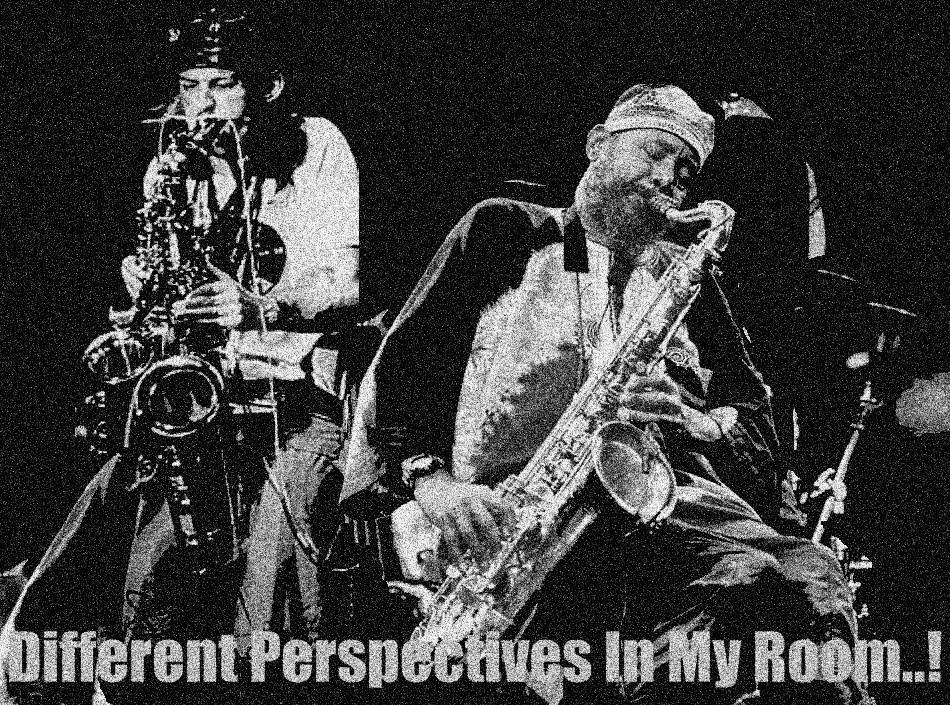Label:
hat ART – hat ART 1989/90
Format:
Vinyl, LP, Album + Vinyl, 7", Single
Country:
Switzerland / Released: 1982
Style:
Free Jazz, Free Improvisation
Recorded on
October 1 and 2, 1981, at Foundation Artist' House Boswil/Switzerland.
Photography
– Henk Kahlé
Producer
– Pia & Werner X. Uehlinger
Recorded
By – Peter Pfister
A1
- Blue Note . . . . . . . . . . 4:21
tenor sax – André Jaume
A2
- Barqueroute . . . . . . . . . . 5:51
flugelhorn – Jean-François Canape
tenor sax – André Jaume / trombone –
Yves Robert
A3
- L'Oc . . . . . . . . . . 6:47
bass – François Mechali
cello – Heiner Thym, Michael Overhage
B1
- Theme For Joe . . . . . . . . . . 4:42
flute – André Jaume
B2
- Cézanne . . . . . . . . . . 5:03
bass – François Mechali
flugelhorn – Jean-François Canape / tenor
Sax – André Jaume
B3
- Ballade . . . . . . . . . . 5:43
cello – Michael Overhage
flugelhorn – Jean-François Canape /
tenor sax – André Jaume
Single
45 RPM:
C - Clin
D’œil . . . . . . . . . . 4:32
bass – François Mechali / tenor sax –
André Jaume
D - Fanfare
. . . . . . . . . . 4:22
percussion – Gérard Siracusa
+
2
bonus tracks: Musique Pour 8: L'Oc
(CD-1990)
/ hat ART – hat ART CD 6058
E
(bonus track) - St. Jean . . . . . . . . . . 5:56
F
(bonus track) - Zazize . . . . . . . . . . 7:25
André
Jaume – tenor sax, flute, composed
Yves
Robert – trombone
Jacques
Veillé – bass trombone
Jean-François
Canape – trumpet, flugelhorn
François
Mechali – bass
Heiner
Thym – cello
Michael
Overhage – cello
Gerard
Siracusa – percussion, drums
André
Jaume's Musique Pour 8 is as ambitious a work as he has ever attempted. For
octet, he has chosen to explore the relationships of the group to the
individual, harmony to dissonance, timbre to meter, ensemble charts to free
improvisation -- and all the colors of the musical palette. Using a group he
culled together based on his fancy rather than any previous playing
relationships creates a prismatic approach to Jaume's compositions. Unlike most
of the Europeans, his work (especially in the avant-garde) refuses to dismiss
itself from traditions musical and otherwise: Jaume's obsessions with visual
art and poetry are evidenced here not as support mechanisms, but as
inspirations. His "Ballade" touches on the melancholy of the Mallarme
poem of the same name; "Cezanne" engages timbre -- especially in his
tenor solo and in Canape's flügelhorn moment -- in a manner that highlights the
vibrational nature of color and texture, much like the painter's flattened yet
nonetheless shimmering canvasses. And musically, in "L'Oc," listeners
can hear the tension and restraint evident in composer Darius Milhaud's later
work for strings -- especially his last quartet. The influences of arrangers
and texturalists such as Stan Kenton and Jimmy Giuffre can also be heard in
"Blue Note" and "Theme for Joe." Jaume makes such a case
for his own composition on this album that it's difficult to fault him. His
titles are as free and open as his bandleading, allowing the individual
musicians to ink the page indelibly with their own stamps. Jaume is truly one
of the great European artists who, like Franz Koglmann, understands the
importance not only of tradition, but of nuance and elegance, in the
presentation of anything -- whether it be groundbreaking improvisation or
beautifully composed vignettes and themes. Musique Pour 8: L'Oc is a treasure
from an underappreciated master of form, style, and content.
Review
by Thom Jurek
If
you find it, buy this album!
































